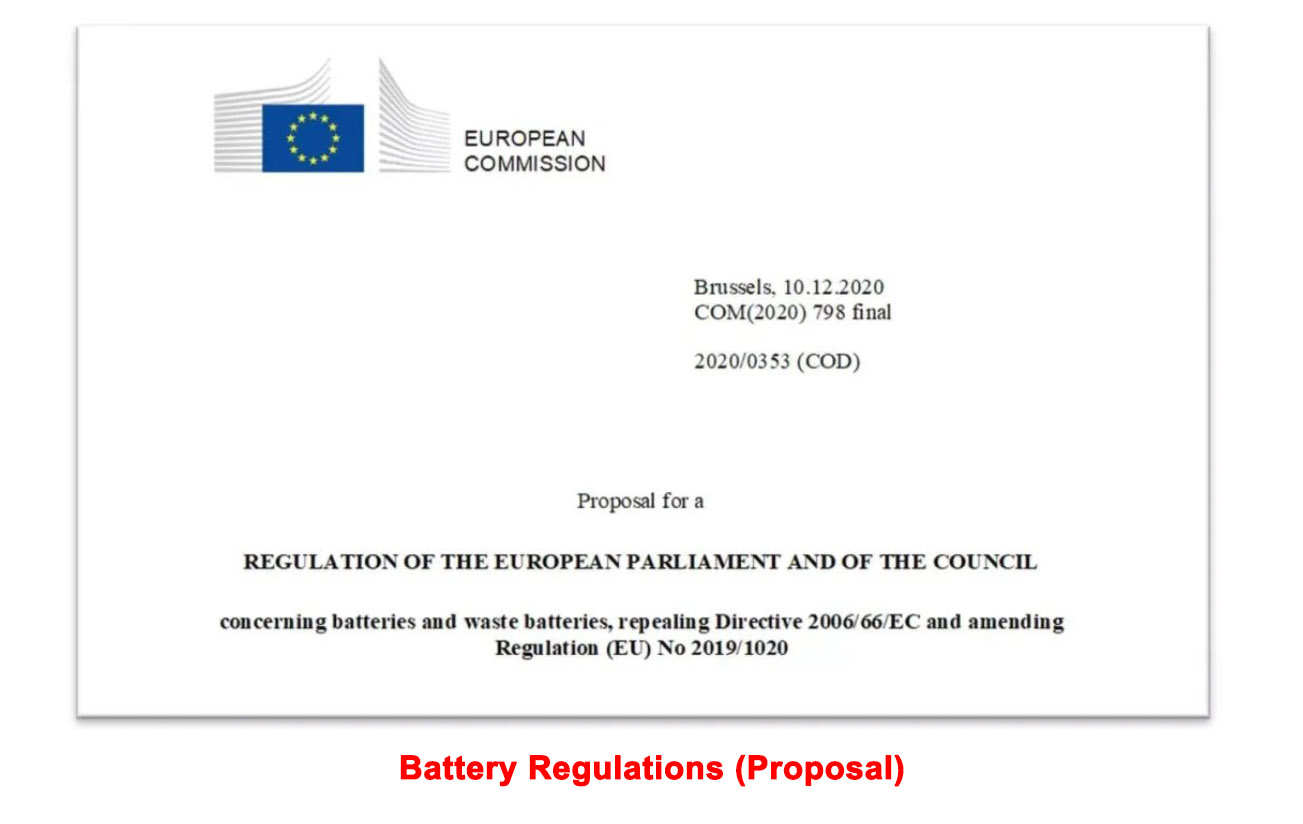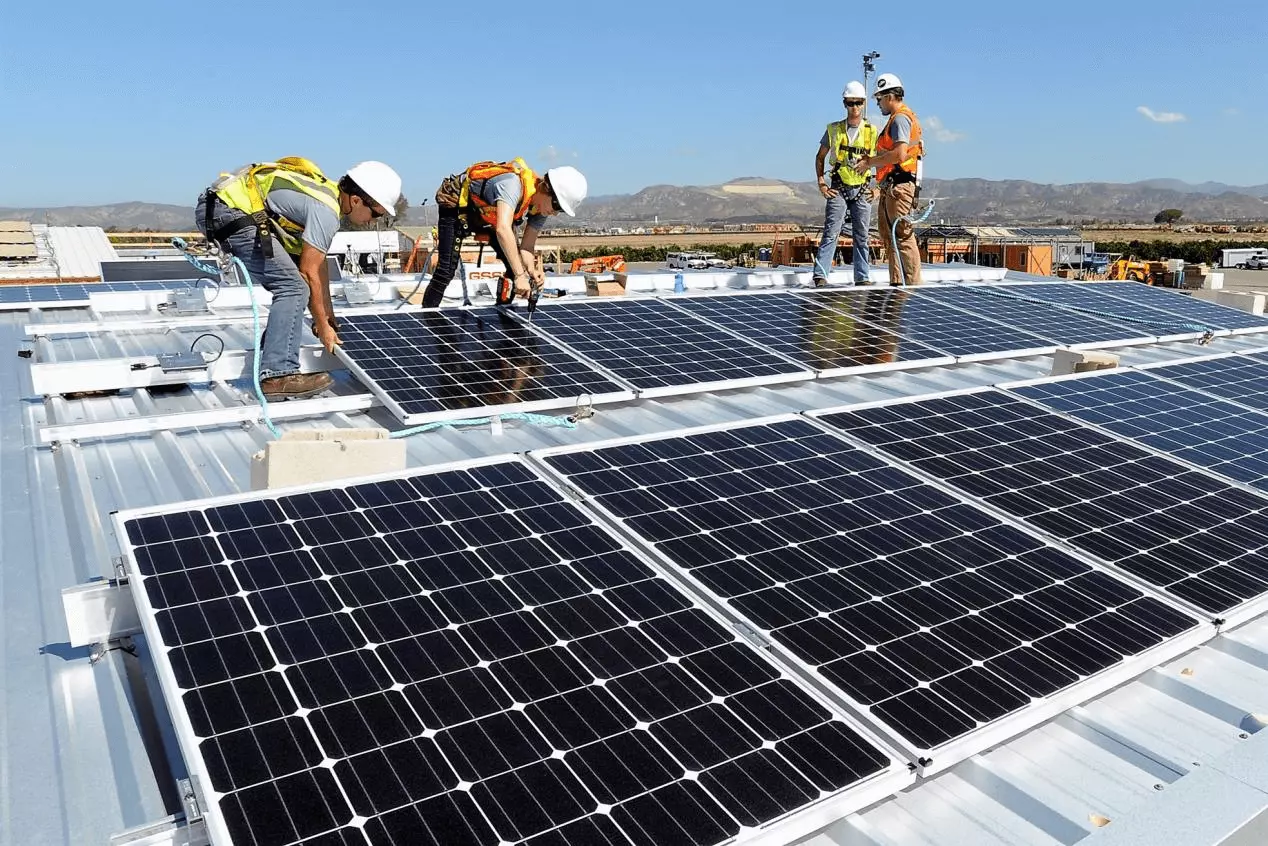Regarding Battery Passports, The European Chessboard Is Already Set
Regarding Battery Passports, The European Chessboard Is Already Set
From 2026, batteries for all newly purchased vehicles, stationary storage systems and large industrial batteries in Europe will be made mandatory for battery passports.
On March 9, the latest research from Counterpoint’s Global Passenger Electric Vehicle Model Sales Tracker shows that global passenger electric vehicle sales in the fourth quarter of 2022 will increase by 53% year-on-year, bringing the total sales in 2022 to more than 10.2 million units. China, Germany and the United States are the top three EV markets.
With the fast-growing electric vehicle market, the demand for batteries is surging.
Batteries are the key to unlocking the energy transition. At the same time, batteries are material- and resource-intensive products that inevitably have social and environmental impacts throughout the value chain, including greenhouse gas emissions during battery material procurement, processing, and manufacturing. Thus, bringing transparency to the battery value chain in the battery industry through the introduction of the Battery Passport is a crucial step towards establishing a sustainable battery value chain in a rapidly evolving industry.
On January 18, at the World Economic Forum in Davos, Switzerland, the Global Battery Alliance (GBA) released the battery passport proof-of-concept results for the first time. The battery passport prototype released this time records the full life cycle data of the three batteries, including manufacturing history, chemical composition, technical specifications, carbon footprint, etc. The three batteries come from carmakers Audi and Tesla.
Before the GBA released battery passports, the EU had been working on battery passports. On December 9, 2022, the European Council and the European Parliament reached an interim political agreement on the proposal for the EU Batteries and Waste Batteries Regulation.
The “EU Battery and Waste Battery Regulations”, also known as the EU’s “New Battery Law”, will be the first legal document to regulate the entire life cycle of batteries. The New Battery Law introduces battery labeling and information disclosure requirements, as well as battery digital passport and QR code requirements. The information to be disclosed includes product capacity, performance, usage, chemical composition, and recyclable contents.
Battery passports, which may soon become the norm in the EU. The Battery Passport meets the requirements of the New Batteries Act, a regulation that will make batteries for all newly purchased vehicles, stationary storage systems and large industrial batteries in Europe mandatory from 2026.
Under the proposed battery regulations, a battery passport will be required for every industrial or electric vehicle battery with a capacity of more than 2 kWh on the EU market. This means that regardless of the battery’s origin, a battery passport is required to be available on the European market. It is the responsibility of the party placing the battery on the market to ensure that all required data is entered in the digital record and that the information is correct and up to date.
01
Why enable Battery Passport?
As the transport and industrial sectors accelerate electrification and eliminate dependence on fossil fuels, the need for sustainable battery production is increasing. The European Parliament is pushing to ban the sale of new internal combustion engine cars by 2035, meaning demand for battery materials will continue to rise sharply. The growing popularity of electric vehicles means more “key minerals” such as lithium, cobalt, mica and nickel are needed.
According to the International Energy Agency (IEA), battery electric vehicles (BEVs) require six times more minerals than internal combustion engine vehicles. Although electric vehicles have no tailpipe emissions, they are much more costly in terms of resources and emissions during the production phase. The exponential demand per car for extracted raw materials, coupled with continued growth in electric vehicle sales, could increase global demand for lithium by a factor of 13 to 42 by 2040.
In addition to growing demand for battery materials, the Russia-Ukraine crisis and the coronavirus pandemic have shown that these supply chains are particularly fragile and vulnerable to geopolitical risks. Industry must avoid purchasing materials from high-risk and conflict-affected areas, while reducing carbon emissions as much as possible with available technology and manageable costs.
As a result, more than ever, supply chains require transparency and diversity, which can be achieved through the use of technology. These technologies can illuminate entire supply chains, revealing their activities and making more informed, data-driven decisions in procurement.
Much work remains to be done to achieve greater transparency and advanced supply chains. According to McKinsey, only 2% of companies today have visibility into their supply chain beyond second-tier suppliers. There is still a long way to go to achieve more transparent, resilient, and sustainable supply chains, especially in the battery value chain, and this is where the battery passport concept comes in.
The battery passport acts as a digital ID and the technology can be used to track minerals and materials in the battery supply chain. Embedding traceability into the supply chain from the start can show proof of provenance, embedded carbon footprint and minimum recycled content.
The battery passport shows key information about the battery, including where and how it was manufactured. It can also show how much carbon dioxide is emitted during battery production and what sustainable production measures have been taken by recording the materials used in the battery throughout its life cycle so that it can be reused or recycled more efficiently.

02
European Conspiracy
The concept of a battery passport has long been recognized in the G7 meeting in 2021, the new EU battery law, and government documents from many countries.
Batteries don’t just power electric vehicles (EVs) — they help determine their performance, lifespan, charging speed and cost. However, this is only part of a battery’s longer journey along the value chain, which begins with the extraction of raw materials and extends to a second stage where each battery serves as stationary energy storage or resource recovery.
The production of rechargeable batteries, from mines to electric vehicles, poses significant social and environmental risks. These range from mineral extraction to the production process (carbon footprint, water use, biodiversity damage, pollution) and significantly affect the overall sustainability of the final product.
The Battery Passport is a digital display of batteries that communicates information about all applicable ESG and lifecycle requirements based on a comprehensive definition of sustainable batteries. Each battery passport will be a digital twin of its physical battery, which must have a QR code printed or engraved on it as a unique product identifier. Also supported by a digital platform that provides a global solution for securely sharing information and data, it aims to go beyond the performance management of individual batteries and extend to the performance management of all batteries in the entire industry value chain.
According to the plan launched by the GBA, the development of battery passport work revolves around the following aspects:
A global reporting framework to govern the measurement, auditing and reporting of ESG parameters across the battery value chain; a digital ID for batteries containing data and descriptions on ESG performance, manufacturing history and provenance, facilitating battery life extension and recycling Leverage; a digital system that coordinates collaboration across the value chain, embedding data into battery passports.
A specific battery passport will require input from several sources: module producers, battery producers, automotive OEMs, battery service, refurbishment and recycling companies.
The purpose of the Battery Passport is to make the supply chain transparent, allowing data-driven decision-making and ensuring safe and sustainable battery production. As sales of electric vehicles increase, the minerals used to make them must be carefully planned and carefully planned. By building a battery supply chain with traceability from the start, the industry can lead the way in reducing carbon emissions, creating responsible and safe supply chains, and preparing for the coming electrified future.
Batteries for electric vehicles aren’t as environmentally friendly as the auto industry would like them to be, but that may soon change. In Germany, the German Federal Ministry for Economic Affairs and Climate Action (BMWK) organized battery and car manufacturers – including BMW, Volkswagen, BASF and Umicore – to develop a battery passport to track the content and carbon emissions of electric vehicle batteries in Europe .
They have received 8.2 million euros in funding for a three-year research and development project aimed at developing core data specifications and technical standards for battery passports, as well as standardized data for managing batteries manufactured or put into use in the EU. The data will integrate information about the battery’s entire lifecycle, from raw material extraction to recycling.
Some automakers are also getting into the act. Volvo Cars is working with supply chain traceability platform Circulor to enable full traceability of minerals such as cobalt at source to electric vehicles. Volvo Cars and its downstream suppliers are able to use Circulor to monitor and manage risks in their supply chain. Traceability of cobalt and other critical minerals is one of the major sustainability issues facing automakers today, and Volvo Cars is taking steps to address it.
Battery passports will become mandatory in the EU by 2026, and other regions may follow. This makes the launch of battery passports more important than ever in order to provide a globally harmonized framework for future sustainability performance.






